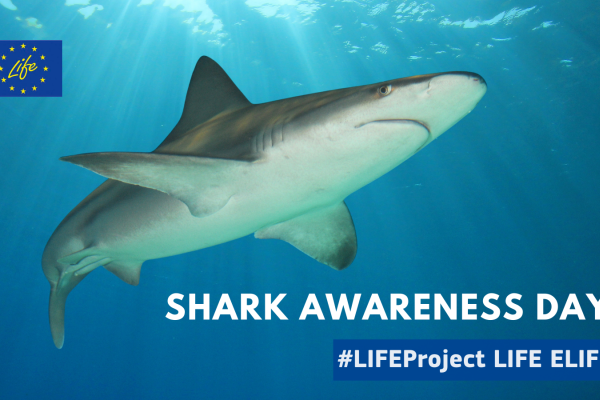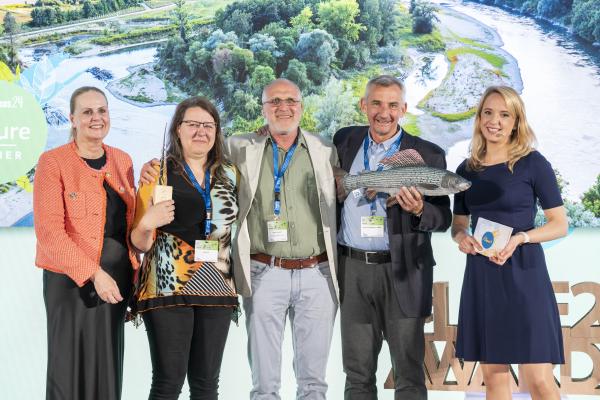Overview
The greatest efforts for the conservation and sustainable use of biodiversity need to focus on measures in the wild. This is the primary focus of EU policy: through the Birds and Habitats Directives, the EU Biodiversity Strategy, the Regulation on Invasive Alien Species and wildlife trade regulations implementing CITES. All of these contribute to achieving objectives of the Convention on Biological Diversity and other international agreements.
However, protecting wild animal species beyond their natural habitat is also important for biodiversity conservation. The Zoos Directive plays a necessary role within this wider legislative framework.
Objectives
The Zoos Directive aims to protect wild animals and strengthen the role of zoos in the conservation of biodiversity.
Law
The Zoos Directive (Directive 1999/22/EC) seeks to promote the protection and conservation of wild animal species by strengthening the role of zoos in the conservation of biodiversity. It calls on Member States to adopt measures for the licensing and inspection of zoos to ensure they respect certain conservation measures.
Implementation
EU countries are responsible for applying the provisions of the Zoos Directive and ensuring their necessary enforcement. There is a very limited EU role in implementation as the Directive does not foresee the need for a committee or reporting obligations to the Commission.
See the Good practices document to help stakeholders and Member States to implement the requirements of the Zoos Directive.
The document has been translated into all EU languages.
Evaluation
Between 2015 and 2018, the Commission carried out an evaluation of the Zoos Directive. Results show that the Directive is fit for purpose. Although good progress has been made towards meeting the Directive’s main and specific goals, it remains incomplete. Realising the Directive’s full potential will depend on improved implementation to ensure that zoos across the EU contribute to the conservation of biodiversity in a more effective and efficient manner.
The evaluation results were published in this Commission Staff Working Document.
Follow up
To remedy to shortcomings noted in the evaluation, the Commission
- Organised Member State and stakeholder meetings as forums of exchange of knowledge, experiences and best practice. Priority actions to tackle identified issues should be established and agreed by all stakeholders.
- Developed, organised and evaluated pilot training courses, particularly addressed to Member States’ competent authorities, zoo management and zoo associations.
- Supported Member States’ competent authorities in using peer-to-peer mechanisms to spread best practice and transfer of know-how on issues related to licensing and inspection of zoos.
Related links
Related laws: Birds and Habitats Directives, Invasive Alien Species Regulation, wildlife trade regulations
Related topics: Nature and biodiversity
Related strategies: EU biodiversity strategy for 2030
Related Commission priorities: European Green Deal






